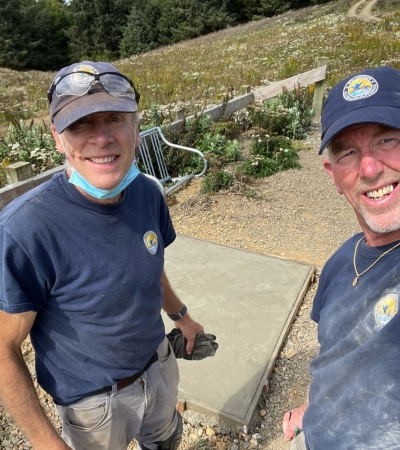Facility
Location
NC 12 south for shipping: 708 N Hwy 64, Manteo, NC 27954;
Rodanthe, NC 27968
United States
Volunteer Position Overview
About This Position
Pea Island. Pea Island National Wildlife Refuge hosts resident volunteers year round. Our RV site is located on Bodie Island, about 20 miles north of our visitor center on Pea Island . Each site has electric (30/50amp), water and sewer hook-up, and a laundry facility in a nearby bunkhouse. There is cell coverage with fair strength depending on the service carrier but no internet service. Most RV’s use their “hotspot” or the nearby bunkhouse. This position is primarily for Visitor Center assistance, but light maintenance and program assistance may also be needed. Alligator River and Pea Island National Wildlife Refuges have diverse programs which utilize volunteers of all ages and abilities. There are many areas in which workcampers can be of great use to the refuges. In addition to the visitor center staffing, Resident Volunteers can provide, general maintenance; assist with Interpretation, education and outreach, and assist in the Pea Island and “Gateway” Visitor Centers and gift shops which are usually open seven days a week. In return for above listed service, a couple must commit to 24 hours of service per week. A single person must commit to 32 hours of service per week. A three month minimum commitment is preferred, and we will accept longer if available and the need exists.
Duties/Activities
Stories About Volunteering
Other Ways to Work with Us
Are you looking for something different than a volunteer opportunity? The Fish and Wildlife Service employs around 9,000 people nationwide and offers great internship opportunities every year.








